The Truth About Exercising and Aging

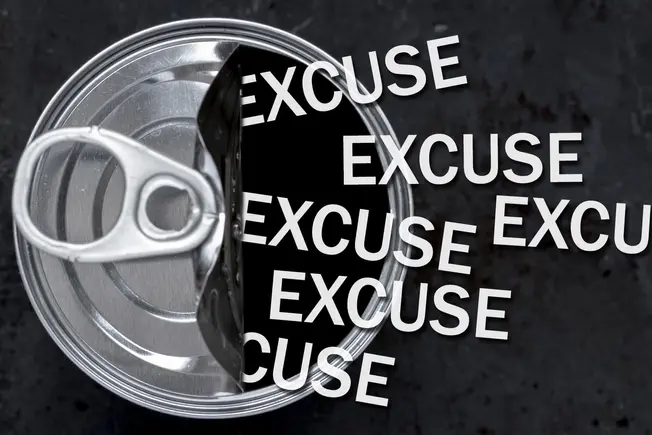
Can the Excuses: Just Get Moving!
You can come up with a million reasons for not being physically active. Some might even be valid. But know this: Stillness is bad. Roughly 3.2 million people die each year because of physical inactivity. Regular exercise, especially among older adults, is critical to good health.
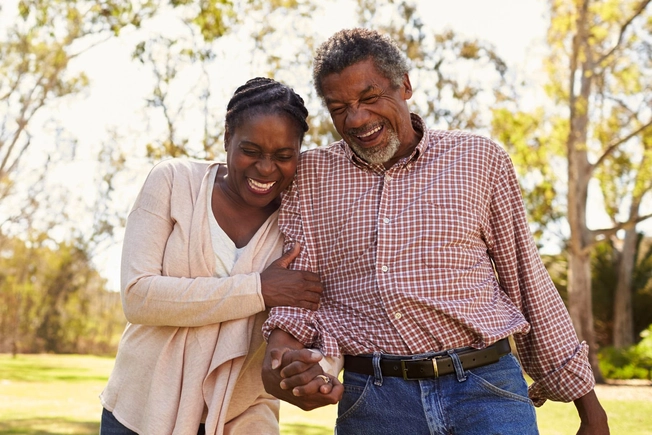
I’m Just Too Old
Exercise is good for just about everyone, including older adults. Even moderate amounts of physical activity can have a big impact. Talk with your doctor first, of course. If you’ve been inactive, take it easy as you get started, say, 5-10 minutes of moderate activity each day.
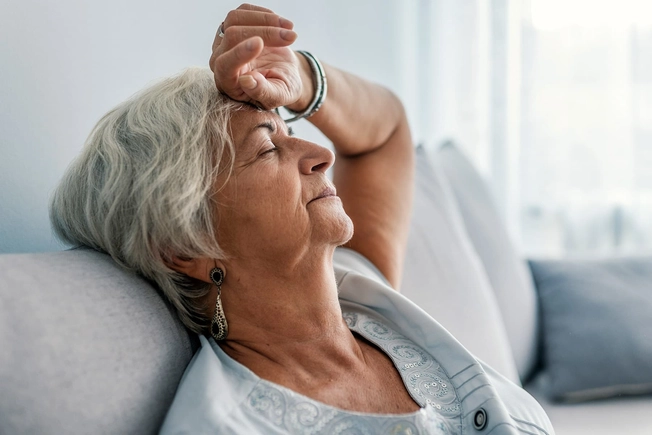
I Just Need to Take It Easy
It’s not your age that has you feeling the need to rest -- it’s that you’re not moving. Even older adults with serious health problems -- heart disease, diabetes, arthritis, and others -- can live better lives by getting up and moving.
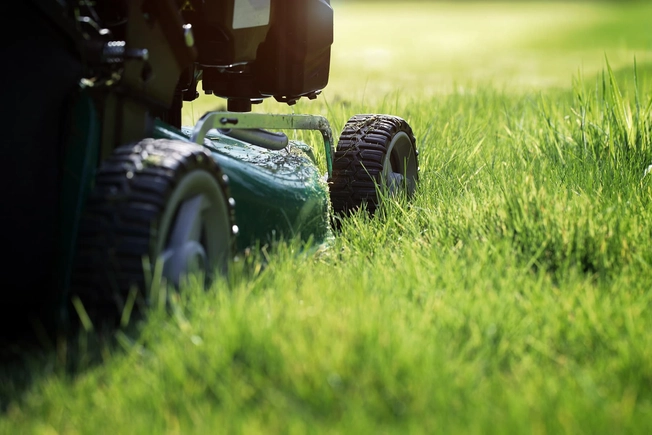
I Don’t Think My Heart Can Take It
The more you do to stay active as you age, the lower your chances are for things like heart attack and stroke. Your doctor can tell you what type of exercises are best, and for how long you should do them. You’ll probably shoot for 150 minutes of moderate aerobic activity a week, like a brisk walk or an easy bike ride. Mowing the lawn or a heavy cleaning session counts, too. And you don’t have to do them in 30-minute chunks.
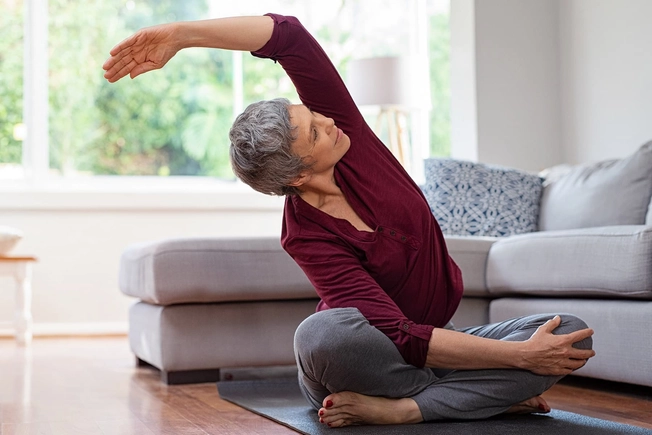
I Don’t Move Like I Used To
Exercises that promote flexibility are in a group of four cornerstone movements (along with those that improve endurance, strength, and balance) that you should probably work on. That stiffness can be alleviated with, for example, stretching exercises that target hips, legs, shoulders, your neck, your back … anywhere. Yoga can help, too. Take it easy, though, and don’t stretch so far that it hurts.
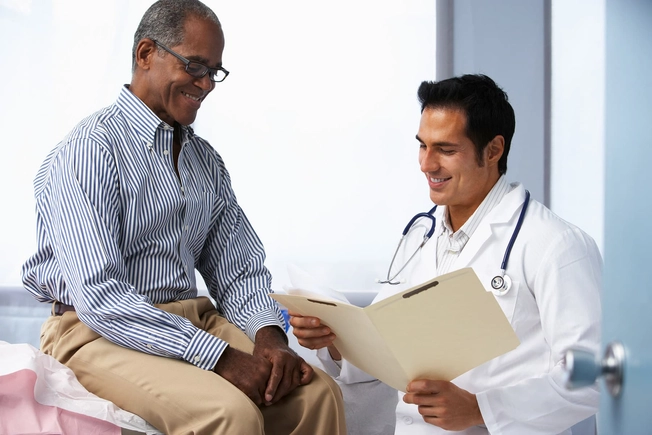
I’m Afraid of Hurting Myself
To be safe, check with your doctor first, especially if you’ve been inactive or have health problems. Your doctor knows what you need and what you can do. Experts say those just starting out should begin slowly with low-intensity exercises. Drink plenty of water, listen to your body, warm up before your workout, and cool down after it.
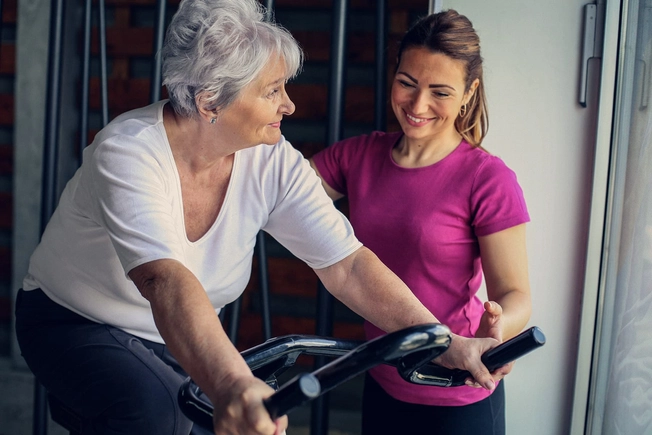
I Am What I Am
A recent study suggests that certain exercises -- like riding a stationary bicycle -- actually slow cell decline that can happen as you age. In other words, it’s never too late to reap the benefits of exercise. No matter how old you are, how inactive, or how out of shape you have been for however long, exercise can be provide lots of help for lots of things.

I Don’t Like Exercise
Being physically active doesn’t necessarily mean pushing around big weights at the gym or going for a 10-mile run. Do things that you enjoy and that will keep you at it. You could work in the yard, walk with friends, work in the garden (lifting and bending are great for flexibility and strength), or take a bike ride. Mix things up every so often, too, so you don’t get bored.
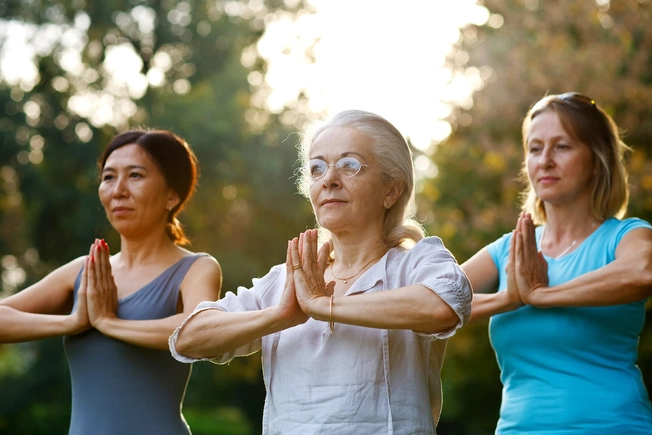
I Don’t Have an Exercise Buddy
Having a partner or getting into a group helps. Studies show that supervision and support can help you stay focused and feel good about what you’re doing. Buddies can really help if you’ve been inactive for a while and you’re cranking things back up. Some people do prefer to go solo. If you’re not one, find a group in your community. You can find one online, or your doctor can help you.

I Don’t Have the Time
A full schedule -- because of babysitting the grandkids, other family obligations, housework, etc. -- often is cited as a reason to skip exercise. When you think about all the benefits of regular physical activity, and the minimum time required (150 minutes a week of moderate aerobic activity), the answer is clear: If you want to stay healthy, you can find the time.
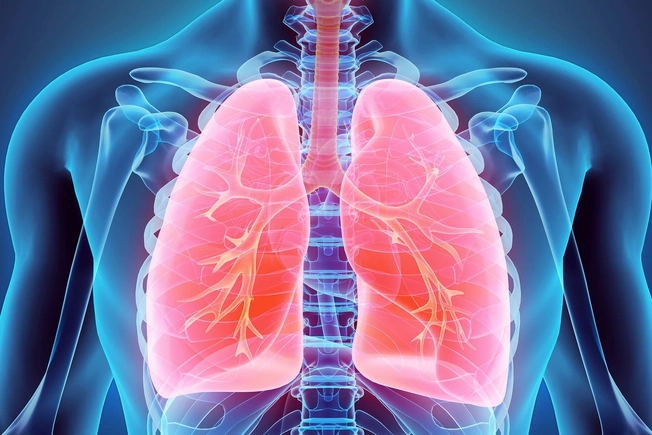
My Heart’s Fine
It’s not just about your heart. Regular exercise also helps your lungs, muscles, and your entire circulatory system. It’s about benefits that can include lower blood pressure, better bone and joint health, and less chance of things like colon cancer and diabetes.
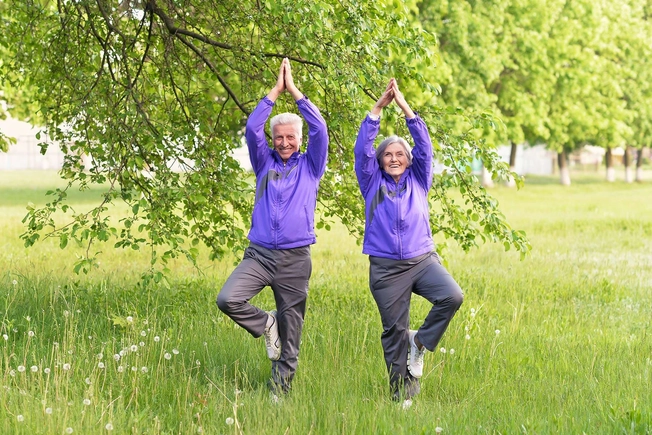
I Don’t Want to Fall
Falling can be a problem for older adults. But with regular physical activity, including exercises that promote proper balance -- exercises that you can do almost anytime, anywhere -- you can help prevent the falls that hurt so many older adults. Your doctor can point you in the right direction.
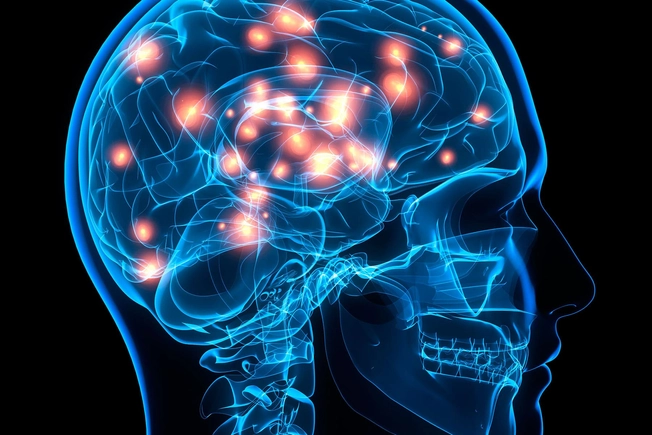
I Worry More About My Brain
Exercise is great for your brain. Experts say not only can exercise help you stave off mental health issues like depression and anxiety, it can also help you stay on task and be better able to move from one to-do item to the next. Healthy body, healthy mind.
